For people looking to make their video content as widely accessible as possible, subtitling is an important component. SRT, or SubRip Title, is one of the most popular formats for subtitle files on video content. It's not the most useful format for other purposes though, which is why people often seek to convert SRT to PDF.
We'll look at fast, easy options to convert an SRT file to PDF, as well as ways to work with the PDF after conversion. Keep reading to find answers to your questions about converting SRT files.
Part 1: Can I Convert SRT Files to PDF?
There are plenty of options for converting SRT files to PDF. We're going to look at five of the best in the next section. We'll also go into the advantages and disadvantages of each method, helping you make a better, more informed decision.
We'll examine ways to convert SRT to PDF free, as well as SRT to PDF converters online.
Once you've converted the file to PDF, it'll be easy to share with almost anyone. But, how do you get the most out of the converted file?
This is where you'll want a solid, reliable piece of software for editing and annotating PDFs, as well as a host of other functions. UPDF is the perfect candidate here. With UPDF you can edit all aspects of a PDF and also use UPDF's AI assistant to work with the resulting file to help you repurpose content and get the most out of it. Give it a try!
Windows • macOS • iOS • Android 100% secure
Part 2: How Do I Convert SRT to PDF?
So, you've got your subtitles in SRT format, but what next? How do you get them from an SRT file to PDF?
The tools below are all easy to use, and they'll make short work of downloading your subtitles in PDF format.
1. Ebby.co
While Ebby is primarily an automated transcription service, it also offers a conversion tool that allows you to convert SRT to PDF free online.
- Open the Ebby website and locate 'subtitle tools' on the menu at the bottom.
- Choose 'Convert SubRip'.
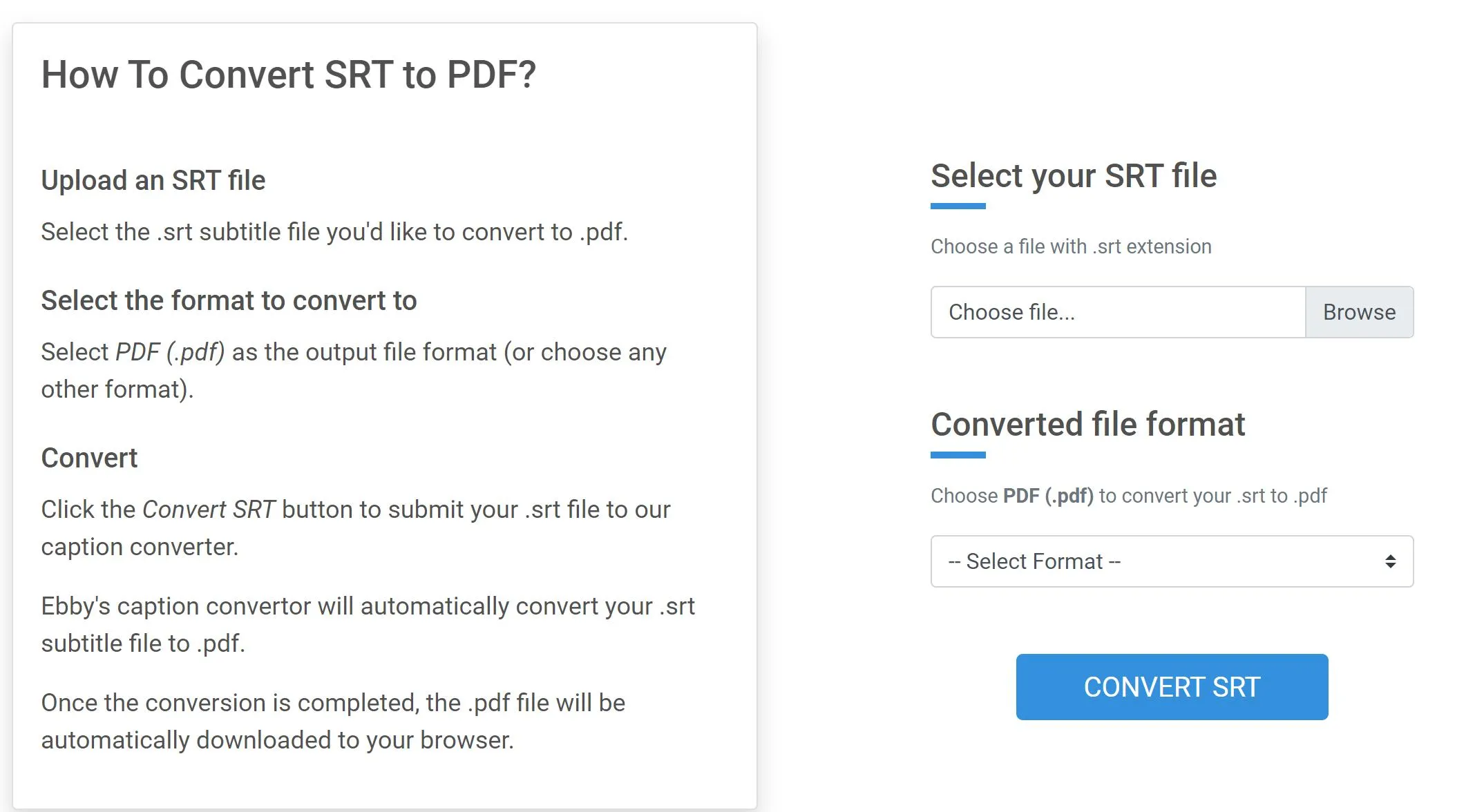
- Click in the upload box and browse to locate your SRT file.
- Select 'PDF' as the output format.
- Click the 'Convert SRT' button and wait for Ebby to automatically download the converted file.
There's limited information on the Ebby website about the conversion process, so it's not clear how large a file the service can cope with. The conversion tool here is a courtesy add-on to Ebby's main transcription service, which you can try for free.
2. Happy Scribe
Another free SRT to PDF converter online is Happy Scribe. This tool works similarly to Ebby, you simply upload your file to their website and let it take care of the rest.
- Open the Happy Scribe website and go to Free Tools > Subtitle Tools at the bottom of the homepage.
- From here, choose the Subtitle Converter.
- Now, upload your SRT subtitle file. (Happy Scribe can also work with VTT files if needed).
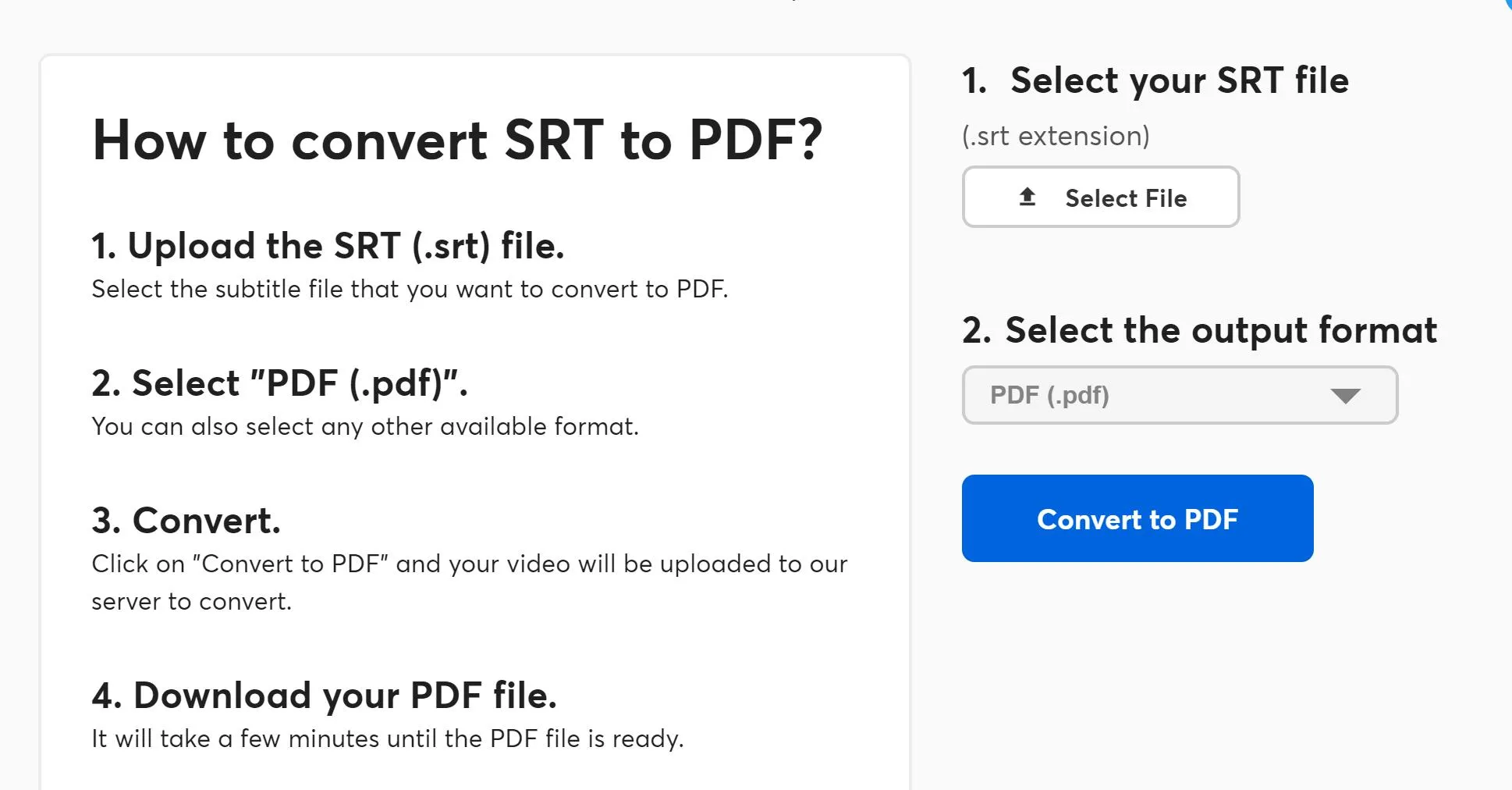
- Choose the desired output format.
- Click 'Convert Subtitles' and allow a few minutes for the video to be uploaded to the Happy Scribe server and then converted.
- Download the finished file.
Again, Happy Scribe is mainly an audio and video transcription service, with the conversion tool as an addition. There's no mention of a file size limit for this free service. It's worth noting that the output PDF will not be formatted, so you'll likely have some work to do to make it usable.
3. VEED.IO
We've looked at VEED before, as part of our article on AI Video Generation. It's also useful for our purposes today because it has a subtitle conversion tool.
- Open the Tools section on VEED's website.
- Choose the Subtitle Converter, and click Convert Subtitle File.
- Click 'Choose Subtitle File' and then upload your SRT file to VEED.
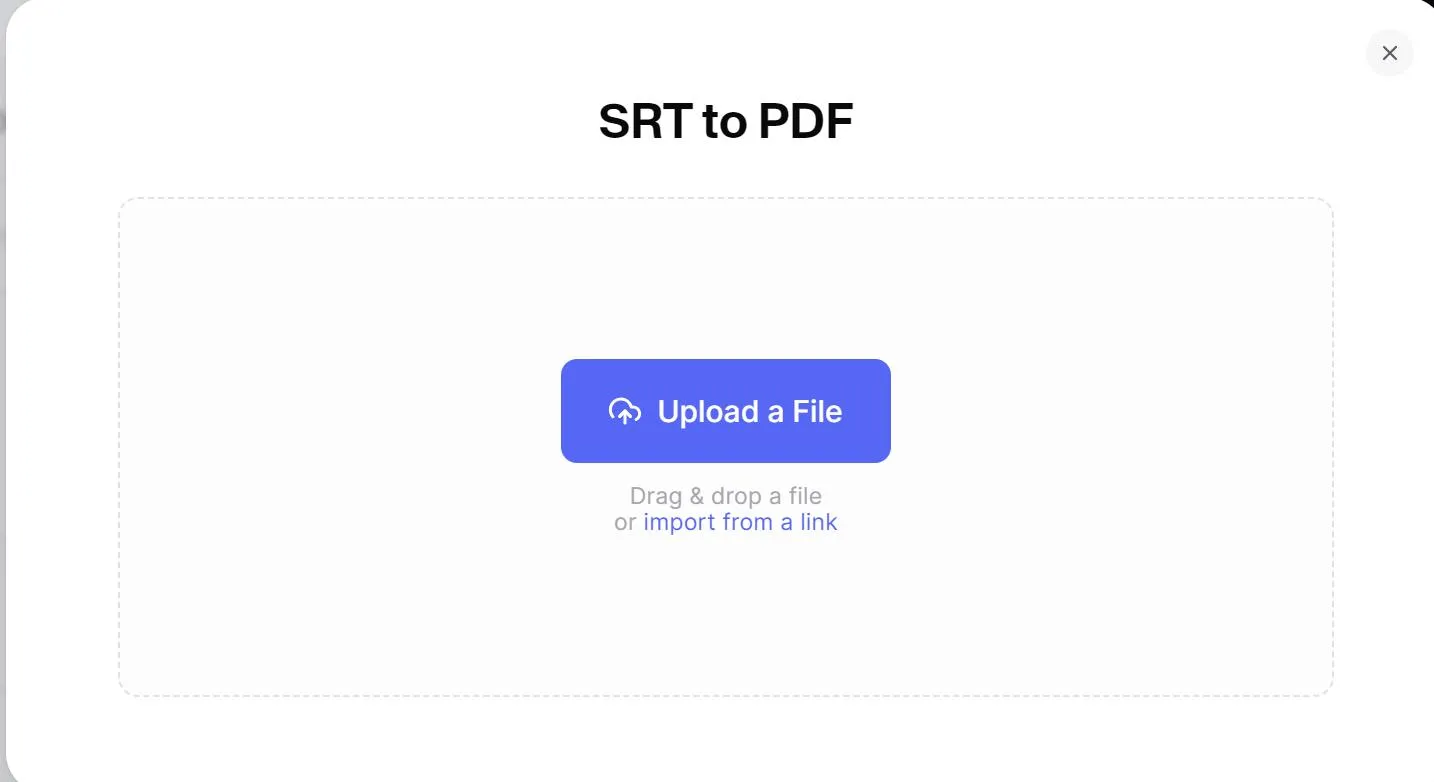
- Go to Options > PDF.
- Click the download button and allow VEED to download your subtitles as a PDF.
VEED is worth looking into if you make a lot of video content, and they have other services beyond SRT file to PDF conversion. As always when working with online tools, you should do your due diligence, particularly when dealing with sensitive information.
4. Flixier
Flixier is another online video editor, and, like VEED, it also has a conversion tool tucked away.
- Open the Flixier homepage and go to Tools > Subtitle Converter > SRT to PDF Converter.
- Click 'Get Started' and upload your SRT file.
- Use Flixier's editing tool to edit your subtitles as needed.
- Select 'PDF' from the dropdown list in the Subtitle tab.
- Click Export, and wait for your file to be downloaded.
Flixier isn't a dedicated converter, but it is still a user-friendly option for people who want to know how to download subtitles in PDF format. Since it's a video editing tool with a lot of other features, it might not be the best choice for a simple conversion process.
5. MConverter
If you need to batch convert SRT, then MConverter might be the best fit. It's just as quick and easy as the other tools, and also has the facility to upload multiple files at once. The drawback is that it's not able to convert SRT to PDF. It can, however, convert SRT to TXT, and you can then use another tool to convert TXT to PDF.
- Open the MConverter homepage and select SRT in the 'Convert From' list of tools.
- Drag and drop your SRT file into the converter, or browse to locate it.
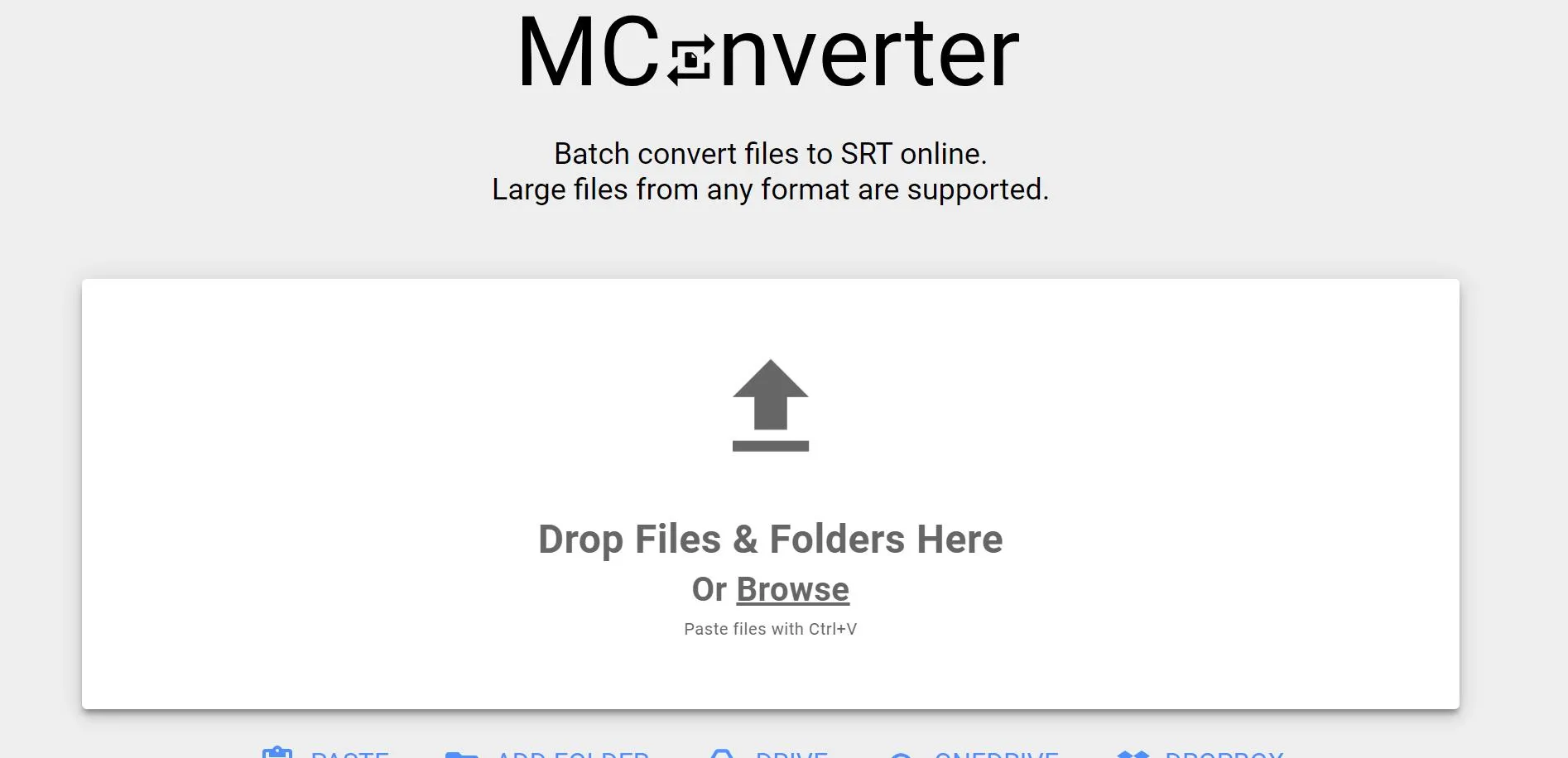
- Once the file has been uploaded, choose PDF as the output format and click 'Start'.
- Hit the download button if your file isn't automatically downloaded.
With the free version of MConverter, you can only convert files up to 100 MB. To go beyond that, you'll need either MConverter Plus or Pro, which allow you to convert files up to 1 or 2 GB respectively.
Part 3: Editing Subtitles and Managing Your PDF
There, that wasn't too challenging, was it?
You've got your subtitles downloaded in PDF format, and it only took a minute or two. The trouble is, subtitles are rarely completely accurate. People are generally forgiving of the odd mistake or two in a captioned video, but if you want to use those subtitles to create a transcript or other content based on the video, you'll need to do some editing.
UPDF works beautifully for this. Simply open your PDF in UPDF, and you'll be able to edit all aspects of the text, both for content and formatting. Use it to transform those scrappy subtitles into a polished transcript to post on your website along with the video, and reap the SEO benefits of the text content as well as easy sharing of video content.
UPDF doesn't just let you edit PDFs. It's an all-round PDF management tool that you'll soon come to rely on.
UPDF has plenty to offer everyone who regularly works with PDFs. Here are some of the features likely to be of particular use to you as a video content creator:
- Optical Character Recognition (OCR): If your video planning and scripting process involves physical documents or research materials, use UPDF to turn scanned images into editable text. Then you can organize your notes more effectively, and copy and paste with ease.
- Editing and Annotation: With UPDF you can add comments, highlights, and virtual sticky notes to PDFs. You can also edit all aspects of the document, adding and removing elements such as images and text boxes as needed. Add ideas or timestamps to scripts and storyboards, and share ideas and reminders with collaborators.
- Organizing PDFs: You can rearrange pages however you like with UPDF, and add or remove pages as needed. This is perfect for that messy stage of scripting, where you might want to move whole sections around.
- PDF Compression: If you need to share large script files or documents with clients and collaborators, then UPDF's compression tool will be useful. Shrink the file size without compromising on quality, and make files easier to share and less expensive to store.
- Multi-Platform: One license, any platform. UPDF works seamlessly across Mac, iOS, Windows and Android, and you only pay once for the license. This makes it convenient to work wherever you are.
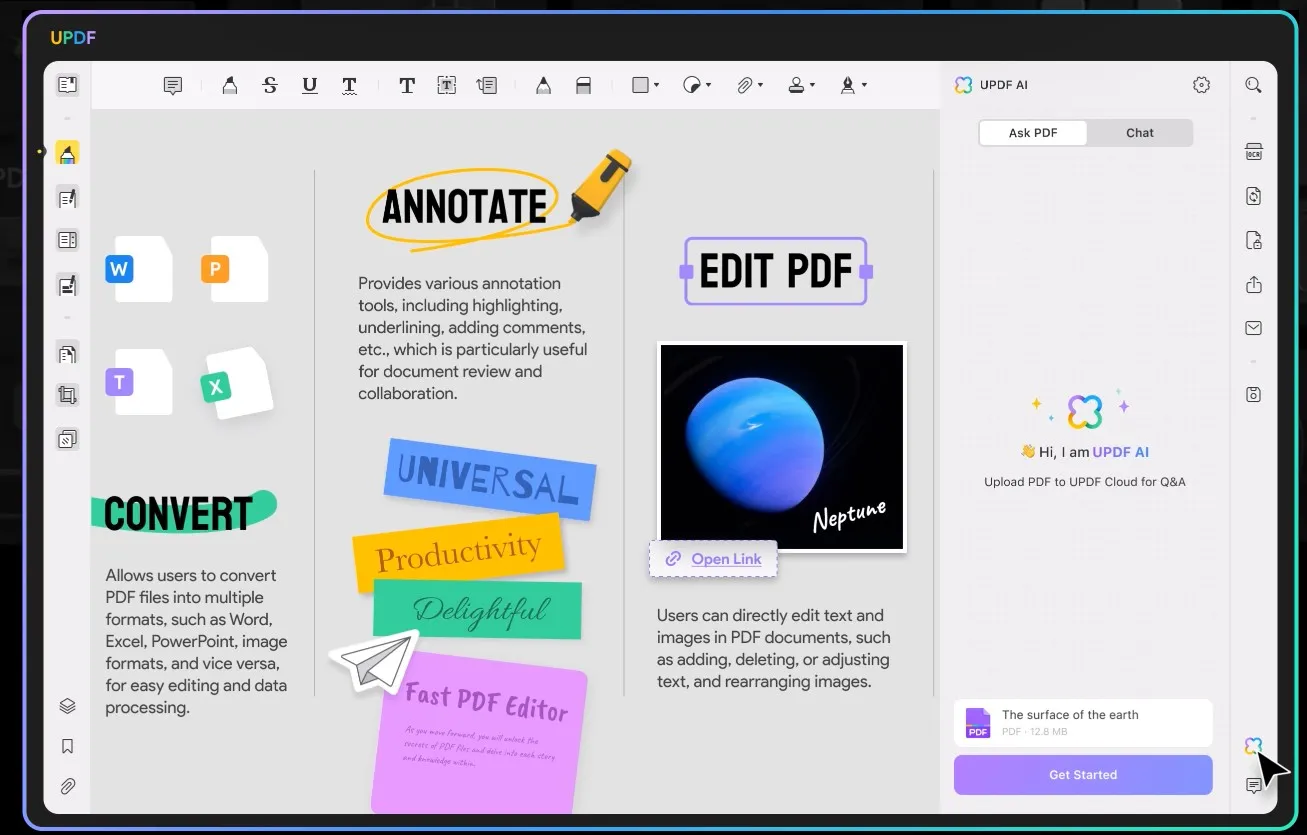
Want to see how UPDF can help streamline the video creation process before, during, and after filming? Just hit the download button below to try it today.
Windows • macOS • iOS • Android 100% secure
Part 4: FAQs About SRT to PDF
1. What is an SRT file format?
SRT stands for SubRip Title, and it's a file format used for subtitles or captions on videos. The subtitles are formatted as plain text, with time codes indicating when each subtitle should appear and disappear.
2. How do I open an SRT file?
You have various options for opening SRT files. Since they're formatted as plain text, you can use any plain text editor, such as Notepad or TextEdit, allowing you to view the content. You can also open them in video editing software, such as VEED and Flixier, as mentioned above. All the methods listed in Part 2 should work for opening SRT files.
3. How do I extract text from an SRT file?
We've looked at various methods to extract text from SRT files into PDF format, so you can refer to Part 2 for those details. It's also possible to use any text editor such as Notepad or TextEdit. You can then save the file in whatever format best suits your needs.
SRT to PDF Conversion and Beyond
Hopefully, this article has solved the mystery of what to do with your SRT files. You now know how to convert SRT to PDF easily with various online tools. Once you've converted the file, you have all kinds of options for using the content. Let UPDF pick up the slack here, and use it to create transcripts, podcast notes, or whatever else you need.
 UPDF
UPDF
 UPDF for Windows
UPDF for Windows UPDF for Mac
UPDF for Mac UPDF for iPhone/iPad
UPDF for iPhone/iPad UPDF for Android
UPDF for Android UPDF AI Online
UPDF AI Online UPDF Sign
UPDF Sign Edit PDF
Edit PDF Annotate PDF
Annotate PDF Create PDF
Create PDF PDF Form
PDF Form Edit links
Edit links Convert PDF
Convert PDF OCR
OCR PDF to Word
PDF to Word PDF to Image
PDF to Image PDF to Excel
PDF to Excel Organize PDF
Organize PDF Merge PDF
Merge PDF Split PDF
Split PDF Crop PDF
Crop PDF Rotate PDF
Rotate PDF Protect PDF
Protect PDF Sign PDF
Sign PDF Redact PDF
Redact PDF Sanitize PDF
Sanitize PDF Remove Security
Remove Security Read PDF
Read PDF UPDF Cloud
UPDF Cloud Compress PDF
Compress PDF Print PDF
Print PDF Batch Process
Batch Process About UPDF AI
About UPDF AI UPDF AI Solutions
UPDF AI Solutions AI User Guide
AI User Guide FAQ about UPDF AI
FAQ about UPDF AI Summarize PDF
Summarize PDF Translate PDF
Translate PDF Chat with PDF
Chat with PDF Chat with AI
Chat with AI Chat with image
Chat with image PDF to Mind Map
PDF to Mind Map Explain PDF
Explain PDF Scholar Research
Scholar Research Paper Search
Paper Search AI Proofreader
AI Proofreader AI Writer
AI Writer AI Homework Helper
AI Homework Helper AI Quiz Generator
AI Quiz Generator AI Math Solver
AI Math Solver PDF to Word
PDF to Word PDF to Excel
PDF to Excel PDF to PowerPoint
PDF to PowerPoint User Guide
User Guide UPDF Tricks
UPDF Tricks FAQs
FAQs UPDF Reviews
UPDF Reviews Download Center
Download Center Blog
Blog Newsroom
Newsroom Tech Spec
Tech Spec Updates
Updates UPDF vs. Adobe Acrobat
UPDF vs. Adobe Acrobat UPDF vs. Foxit
UPDF vs. Foxit UPDF vs. PDF Expert
UPDF vs. PDF Expert

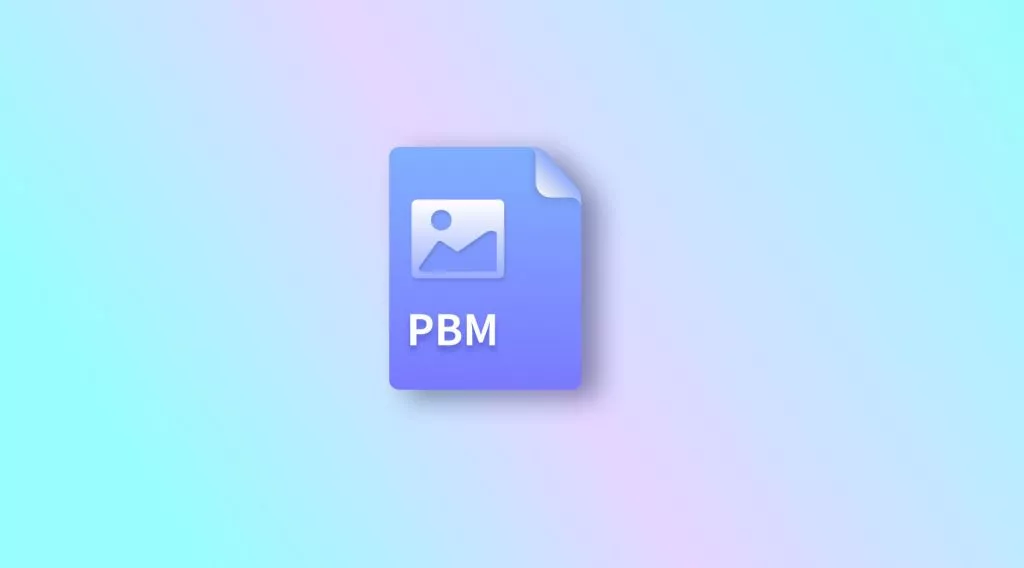




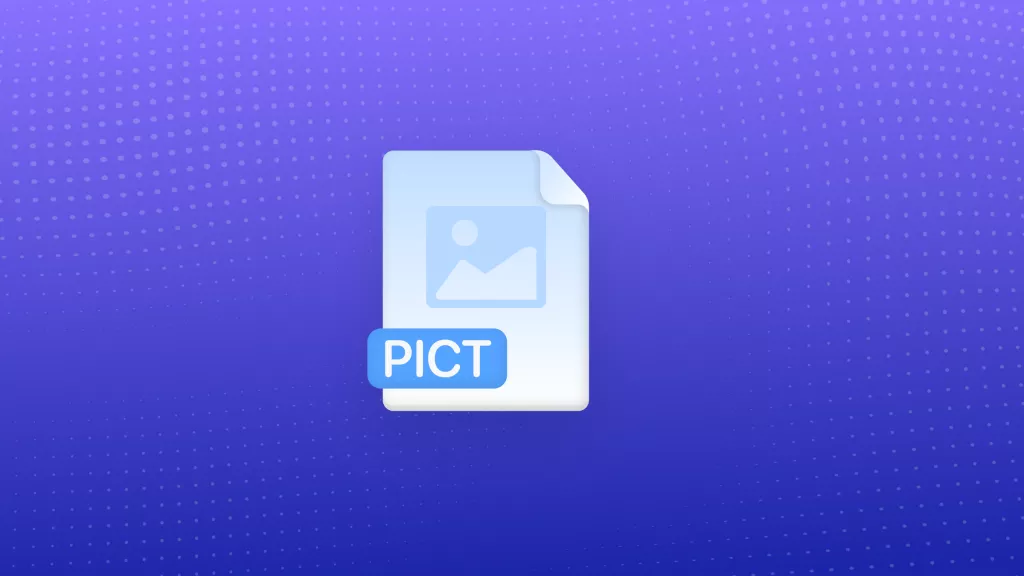

 Lizzy Lozano
Lizzy Lozano  Enola Miller
Enola Miller 
 Enrica Taylor
Enrica Taylor 
